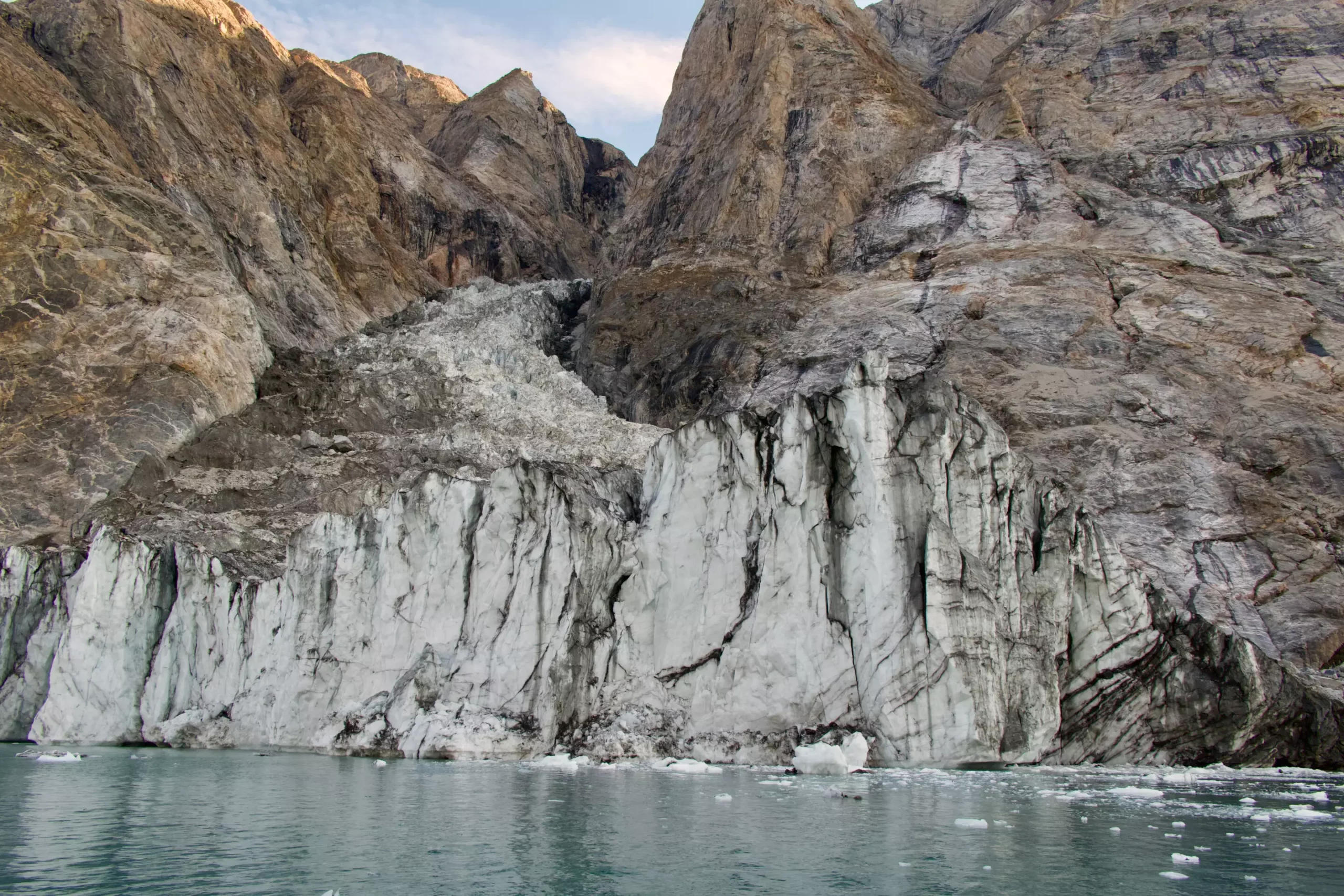In September 2023, an unusual seismic phenomenon caught the attention of scientists worldwide, sparking intrigue and concern across the globe. A panel of researchers from diverse fields collaborated to decode this mysterious signal, which endured for nine consecutive days. At the forefront of this effort were seismologists Alice Gabriel and Carl Ebeling, based at UC San Diego’s Scripps Institution of Oceanography. Their extensive investigation culminated in a groundbreaking study published in the journal *Science*, revealing that the seismic disturbances originated from a catastrophic geological event: the collapse of a mountaintop into an East Greenland fjord, resulting in a colossal tsunami upwards of 200 meters (or approximately 650 feet) high.
The size and duration of this seismic signal defied conventional expectations, as it generated oscillating seismic waves—a phenomenon known as a seiche. For nearly a week, these waves reverberated through the Earth’s crust, challenging scientists to identify their source. Although no human lives were lost, the infrastructure at an uninhabited research station on Ella Island suffered damages estimated at $200,000, drawing attention to the implications of natural disasters in remote regions.
The underlying catalyst for this monumental landslide links directly to climate change. As glaciers at the mountain’s base melted, they destabilized rock and ice totalling more than 25 million cubic meters—a volume that could fill 10,000 Olympic-sized swimming pools. According to Kristian Svennevig, a geologist associated with the Geological Survey of Denmark and Greenland, the scientific team was initially baffled by the seismic signal, identifying only that the phenomenon had a connection to the landslide. They concluded that climate change not only reshapes the landscape but also triggers unprecedented geological events.
His sentiments were echoed by Gabriel, who emphasized that the melting of polar glaciers represents a paradigm shift: “Climate change is altering what is considered typical on Earth, setting into motion extraordinary events that we must learn to comprehend and anticipate.” The potential for more destructive landslides, spurred by global warming, signifies an urgent need for collective action to mitigate the environmental crisis.
When seismic monitoring networks initially captured the enigmatic signal, scientists observed two critical anomalies. Unlike typical earthquake readings that display sharp spikes on seismographs, the detected signal oscillated with a 92-second interval between peaks—an unusually slow frequency. Furthermore, it maintained a consistent intensity far longer than most seismic events, which suggests that the mechanisms behind these waves were distinct.
To explore the link between the unusual seismic waves and the landslide, Svennevig spearheaded a collaborative initiative involving 68 scientists from 41 research institutions globally. This team united their expertise—combining seismic recordings, field assessments, satellite imagery, and advanced simulations—to reconstruct the events leading up to the tsunami. They painstakingly analyzed both satellite and ground imagery to determine the mass of rock and ice involved in the disaster, facilitating deeper understanding of the dynamics at play.
Using supercomputers, researchers ran high-resolution simulations to study the tsunami’s trajectory and the sustained oscillation of the seiche. “Simulating such a prolonged sloshing tsunami presented numerous challenges,” reflected Gabriel, yet their computed models closely aligned with real-world observations. This fusion of data from various disciplines proved vital to unveiling the complex narrative behind these seismic waves.
Findings from this research articulate the multifaceted hazards driven by climate change, particularly in polar territories. While the landslide and tsunami occurred without a populated victim count, the fjord’s proximity to a frequently traversed route by cruise ships raises serious considerations regarding maritime safety in an era of escalating climate alterations. Historical precedents, such as the Karrat Fjord landslide in 2017 that devastated the coastal village of Nuugaatsiaq, serve as stern reminders of the destructive potential that large-scale geological shifts can unleash.
Gabriel expressed hope that this research could inspire the scientific community to reevaluate previous seismic recordings with new insights into seiche phenomena. By uncovering similar events, researchers can fine-tune their understanding of the conditions that precipitate these startling occurrences.
In closing, the investigation’s revelations illuminate the rich tapestry of Earth’s complexities yet to be fully comprehended. As Ebeling aptly stated, “This research highlights that much remains to be discovered,” underscoring the importance of collaborative efforts in navigating the uncharted waters of our changing planet. Only through a confluence of knowledge and awareness can humanity prepare for the geological mysteries that lie ahead.


Leave a Reply